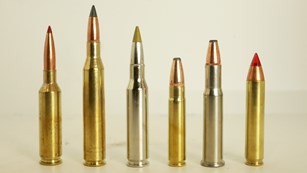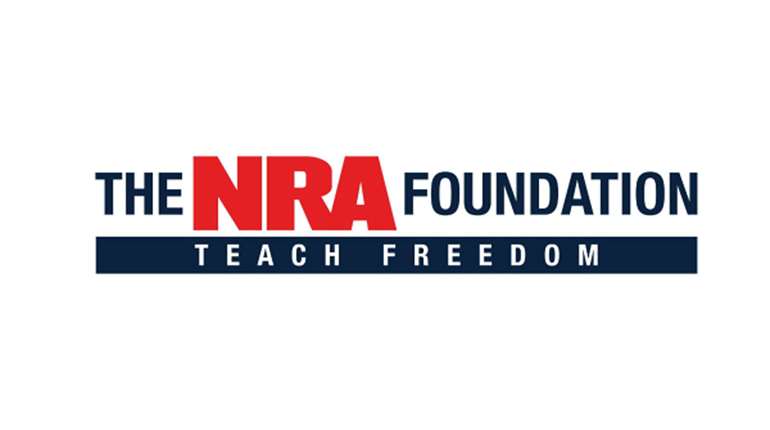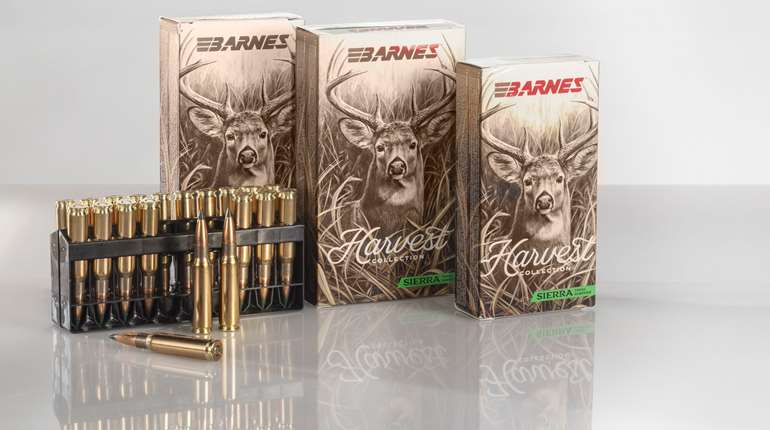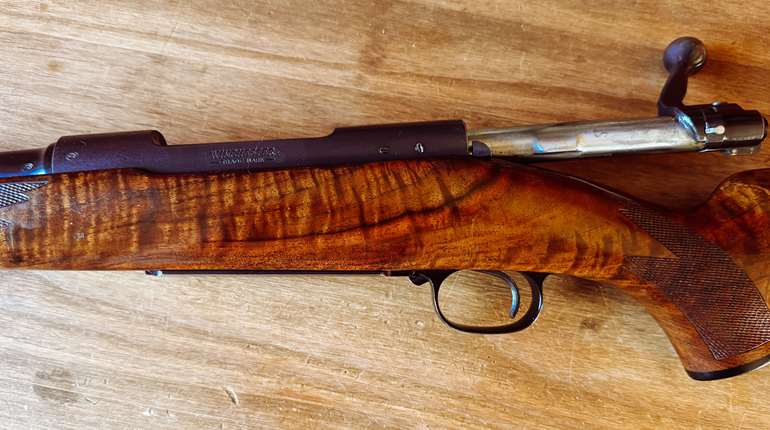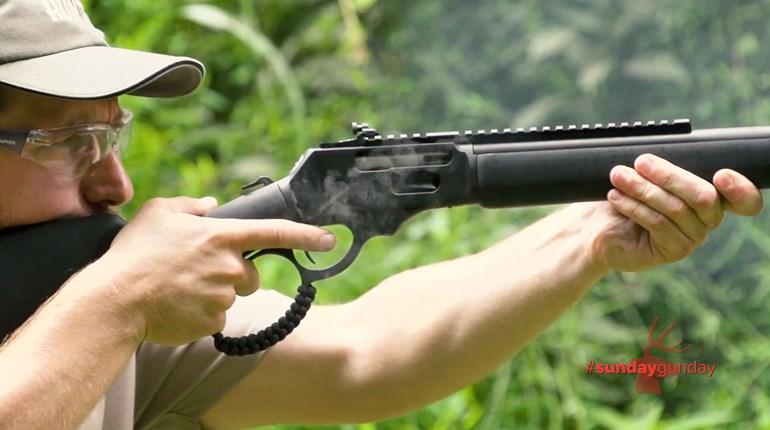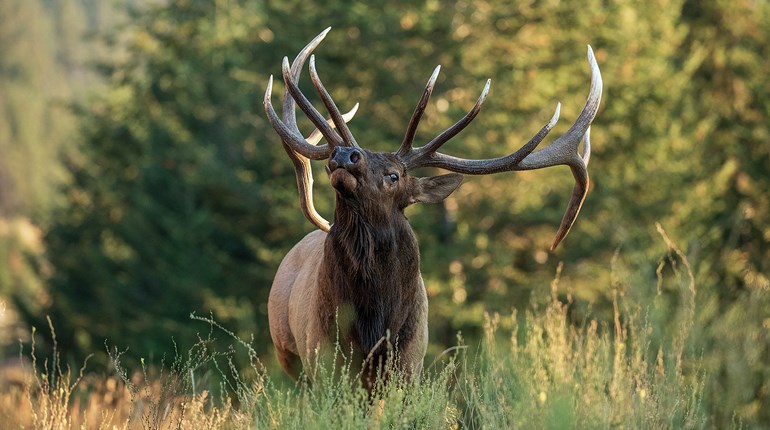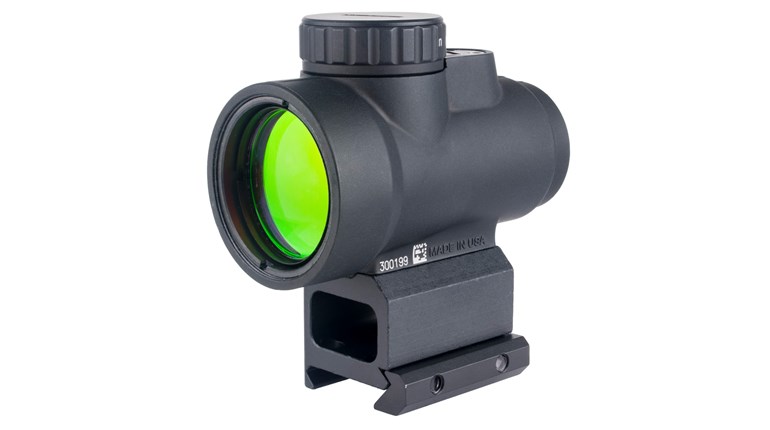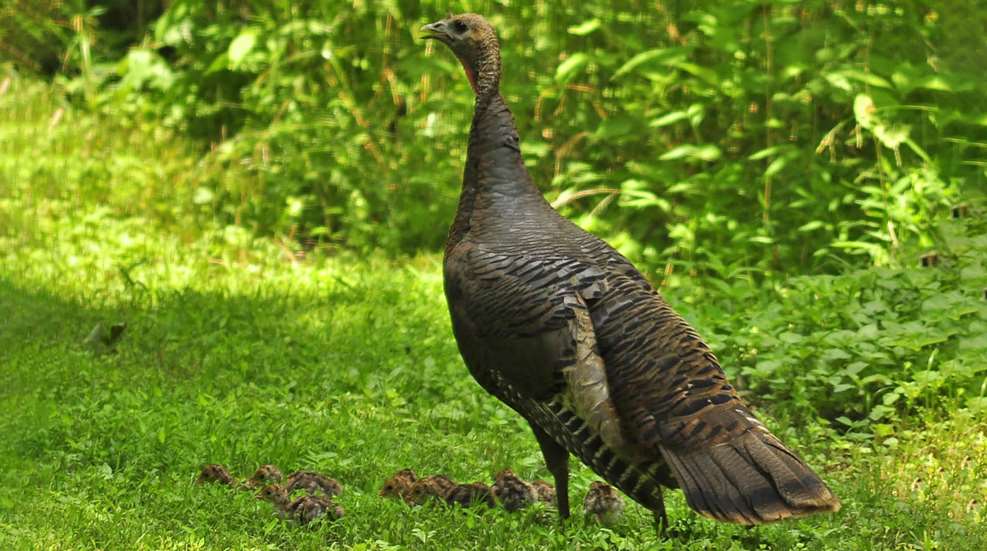
The Arkansas turkey season ended in May, but there’s still good reason for hunters and outdoor enthusiasts to keep the birds in mind when they head out to their favorite hiking trail or drive the backroads of The Natural State. Conservation-minded individuals are encouraged to aid the in the scientific management of wild turkey in the state by participating in the Arkansas Game and Fish Commission’s (AGFC) Annual Wild Turkey and Quail Population Survey. Full details are available on the Commission's webpage.
Hens that went to nest right at the peak of gobbling season should soon begin to pop out of the cover, guiding their brood of poults to bugging grounds. This is the best time to gauge the success of the hatch. Those who happen to bump into any turkeys, male or female, during an outdoor adventure are encouraged to let AGFC know.
AGFC Turkey Program Coordinator David Moscicki said turkey brood surveys historically were conducted by biologists with the AGFC and partner organizations. In 2019 the survey sampling was enhanced when it was opened to include input from the general public.
“AGFC biologists still record valuable brood survey data while they are conducting habitat work throughout the state this time of the year,” Moscicki said. “In the last five years, the addition of public sightings has helped paint a more complete picture of the hatch. It also helps us gauge the success of habitat work as well as locate areas that may have seen a decline where we can focus future habitat efforts.”
Data shared in the survey will be generalized across counties or regions, so hunters or other observers providing specific coordinates can submit without fear of giving away their personal hotspot. Participants are also encouraged to note the size and look of broods they see. The AGFC’s reporting system includes a handy visual guide to help estimate the age of young birds. This can be used to calculate when they hatched and when the hen first began to nest. This information is critical to decisions on hunting season dates and management activities.
“Turkey and quail hunters play it close to the vest when it comes to what they’re willing to share,” Moscicki said. “So we do everything we can in the survey to protect any information about locations of birds and sightings. The more specific location information people are willing to provide, the better it can be used to focus our conservation efforts.”
Outdoorsmen who scare up coveys of quail are welcome in the survey as well. Clint Johnson, AGFC Quail Program coordinator, said the focus on giving accurate locations is extremely important when submitting reports of quail coveys and hens with quail chicks.
“Quail populations are a bit more patchy throughout the state than turkeys,” Johnson said. “Quail can be found in every county in the state, but some areas have healthier populations than others. We want to identify those patches and focus our habitat efforts to strengthen them. The data also will help us verify any population increases in areas where habitat work has taken place to show us that we’re on the right track.”


